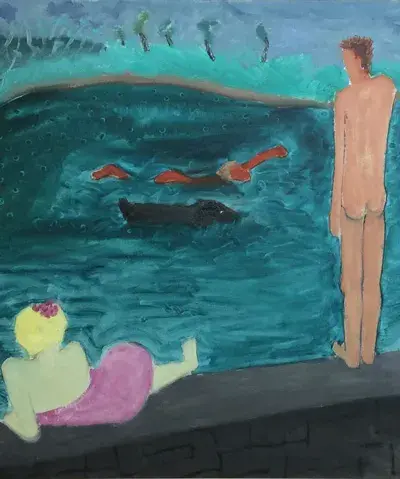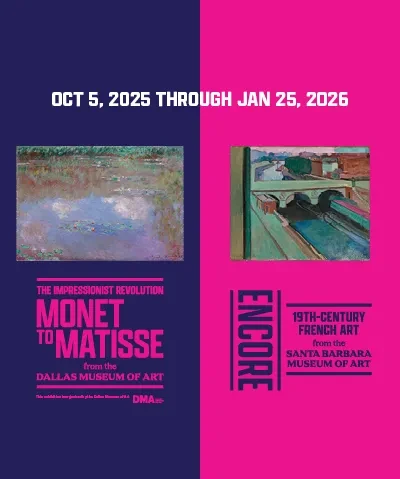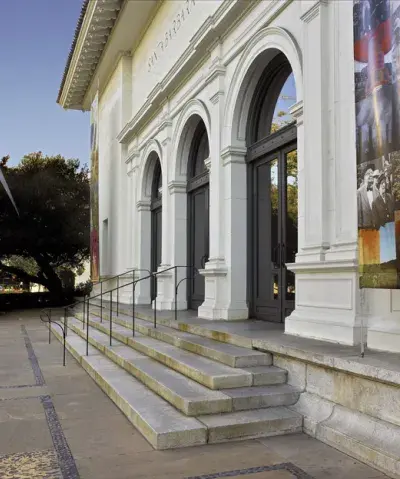The Paintings of Moholy-Nagy: The Shape of Things to Come
László Moholy-Nagy (1895 – 1946) is perhaps most familiar to us as a photographer and as an early advocate for the integration of art with technology. Instead of making paintings for a privileged few, Moholy believed that art had to become scientific, egalitarian, and technologically advanced in order to condition the viewer to respond to the challenges of modern life. Appointed in 1924 to the Bauhaus in Weimar, Germany, Moholy became notorious for advising artists to exchange brush, pigment, and canvas with camera, television, and searchlight. In pursuit of this ambition, Moholy would abandon painting in 1928 in order to focus his energies on his most ambitious project, his Light Prop for an Electric Stage (1930), a kinetic device meant to produce lively light displays for a modern stage. However, Moholy chose to return to painting at a time of unprecedented economic, political, and moral crisis in the 1930s and 40s, marked by the Great Depression and the Second World War. This is the first monographic exhibition to examine why Moholy would revise his seeming readiness to abandon brush and canvas and take up painting as a crucial resource in his late career.
The exhibition was made possible through the generous support of the Tom and Charlene Marsh Family Foundation, Cecille Pulitzer, SBMA Women’s Board, an anonymous donor, Marcia and John Mike Cohen, Dead Artists Society, Susan Bowey, Gregg Wilson and John Maienza, The David Bermant Foundation, and The Moholy-Nagy Foundation.





















![memberseve[1]](https://www.sbma.net/sites/default/files/styles/menu_thumbnail_400_480/public/menu/memberseve%5B1%5D.jpg.webp?itok=hIz01lpc)





